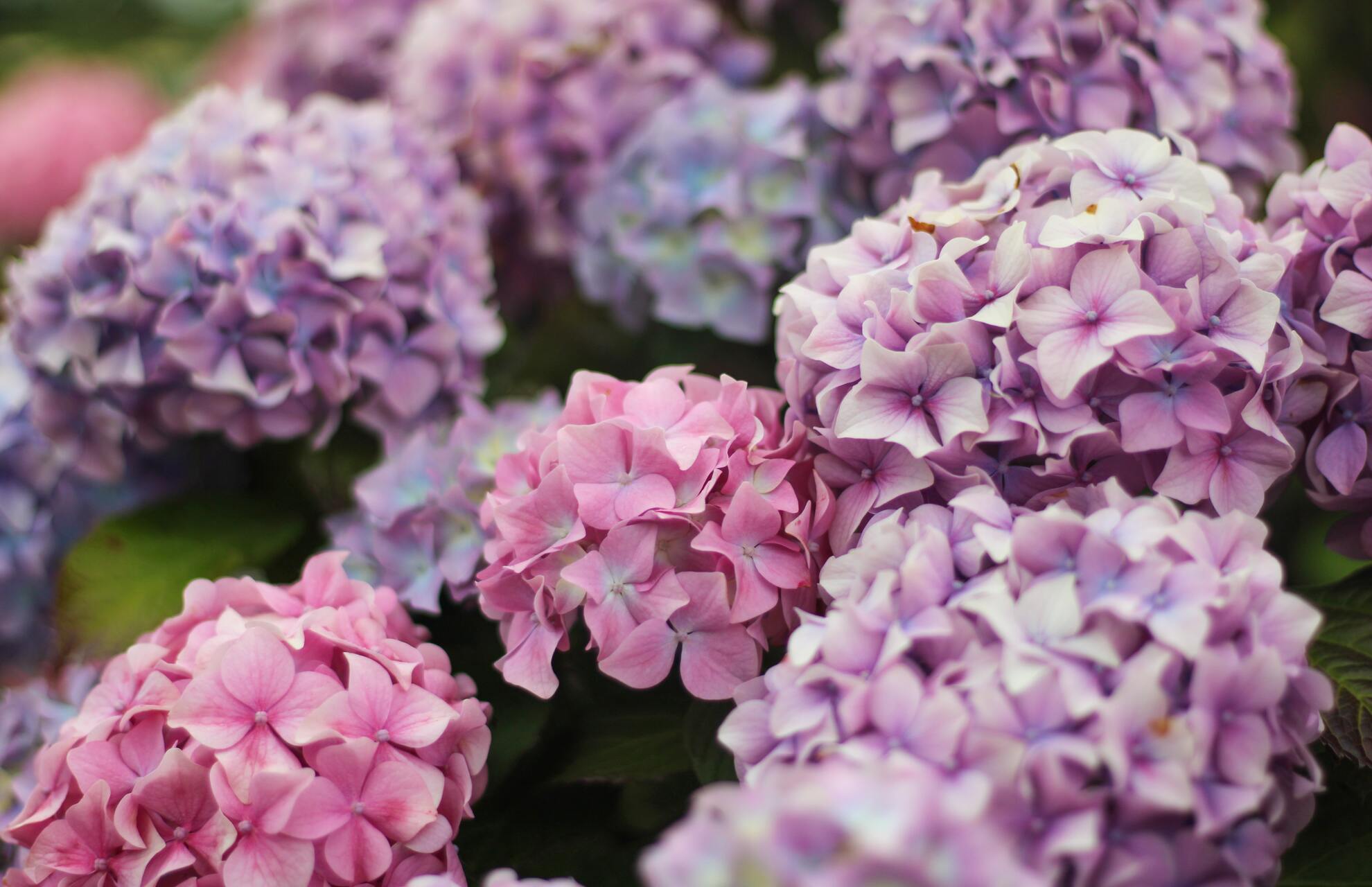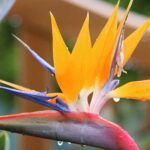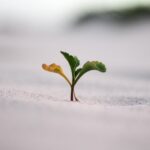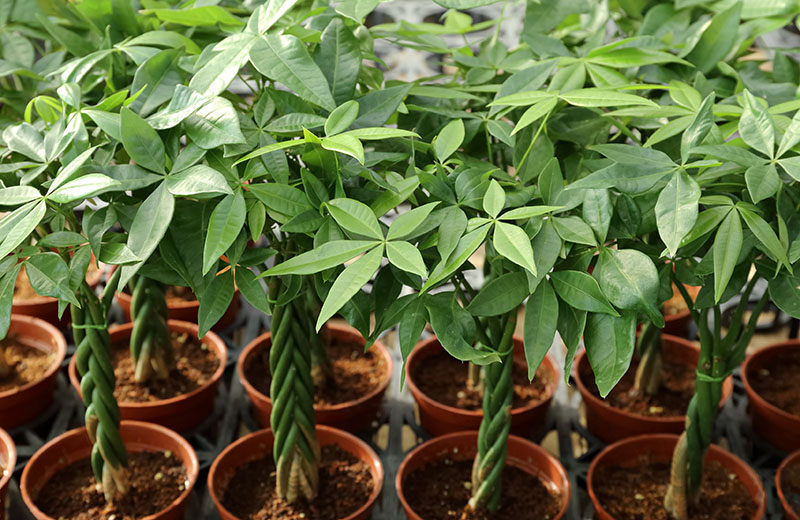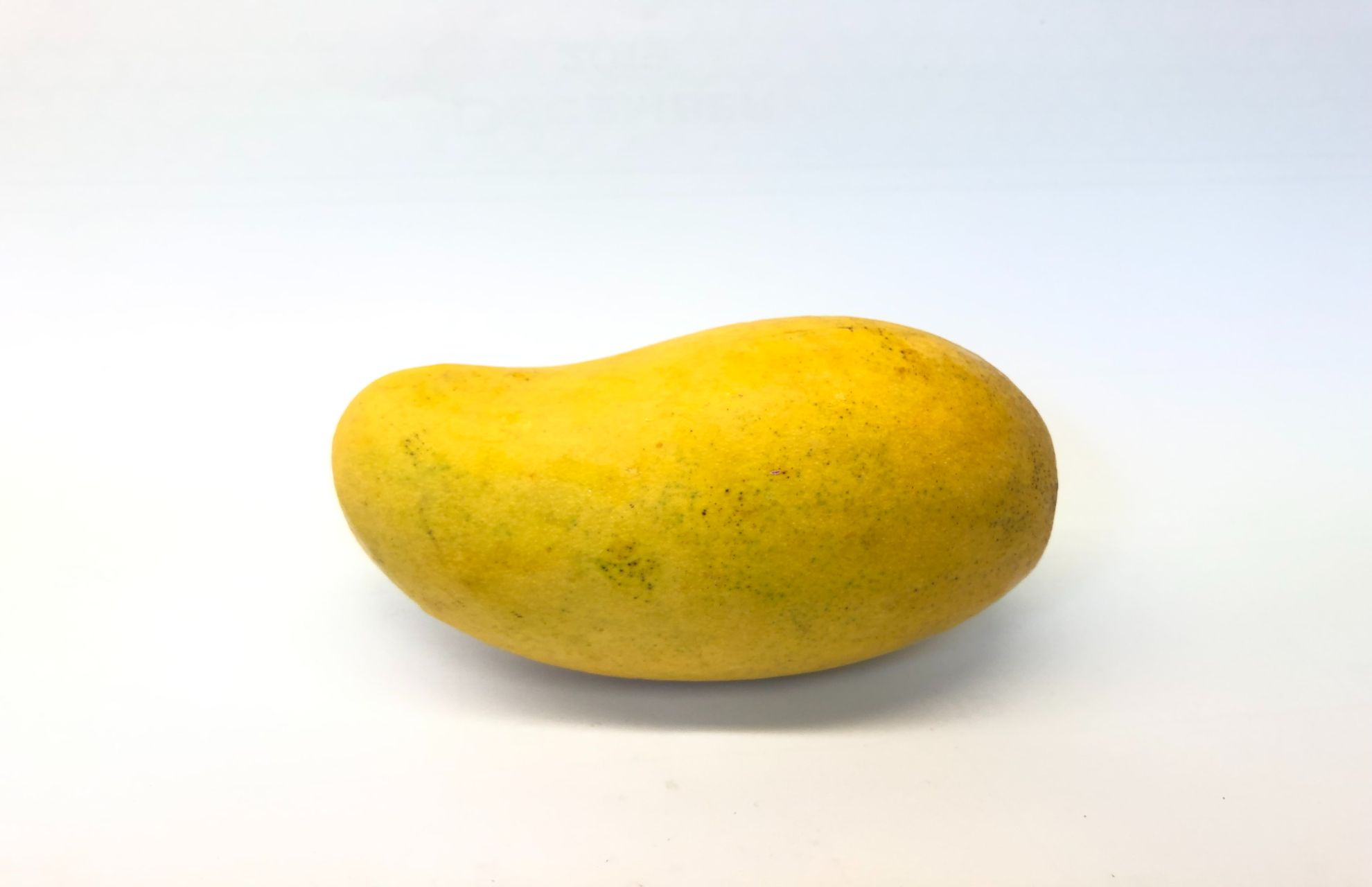With their large blooms and attractive foliage, hydrangeas are a favorite flowering shrub among many people. But hydrangea leaf spots can be unsightly and spread to other shrubs, ruining their beauty. The first thing to understand is that Hydrangea leaf spots almost never seriously harm or kill the plant.
While heavy spotting could temporarily lessen plant vigor and flower bud set, light spotting is unsightly. In this article, we will tell you why there are black spots on hydrangea leaves and how to get rid of those black spots.
Read More:
Leaf Spots On Hydrangea
Anthracnose
Anthracnose may appear on hydrangea leaves as brown, tan, yellowish, or black spots. Cankers that develop on stems and branches can also be used to identify it. Hydrangeas can become fatally infected with anthracnose.
So it’s important to remove and destroy any dead or unhealthy plant parts. Remove mulch from the affected area as well to prevent the spread of fungal spores. Use a fungicide made specifically for anthracnose, and carefully follow the label’s instructions.
Cercospora
A common disease called cercospora leaf spot typically affects leaves that are frequently wet from irrigation or rain. On the leaves at or close to the plant’s base, it initially appears as brown or purple spots.
The circular spots, which typically have a diameter of 1/8 to 1/4 inches, are frequently tiny and dispersed. The Bigleaf Hydrangea develops tan or gray centers with brown or purple haloes around its spots. Eventually, leaves may turn yellow-green and drop off.
Although Cercospora leaf spot rarely, if ever, causes the target plant to die, heavy leaf spotting and premature leaf fall are unsightly and may weaken the plant’s ability to set flower buds this season.
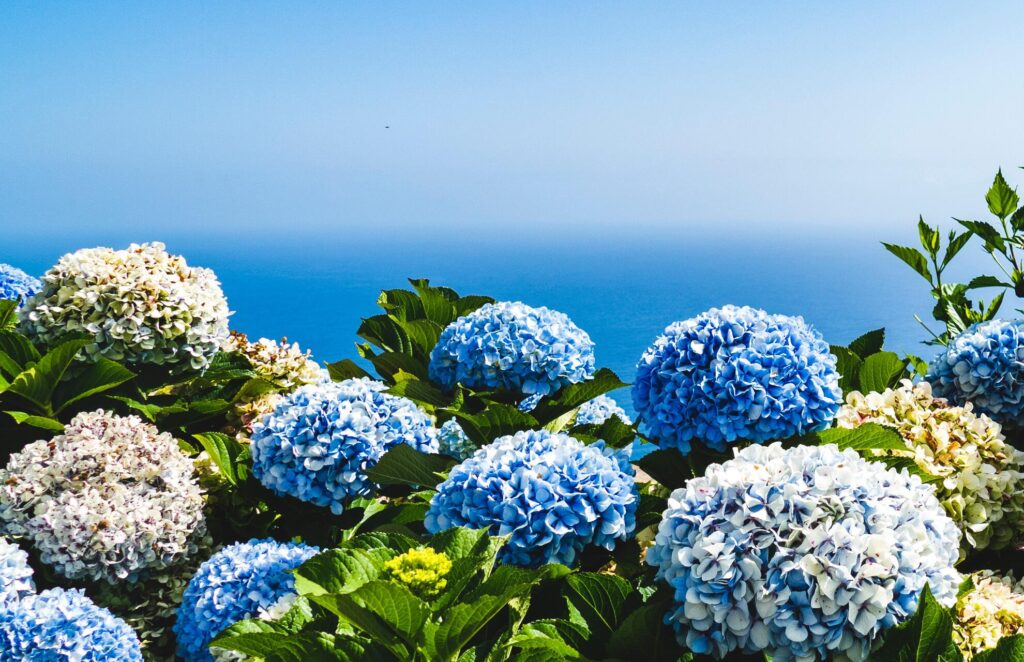
Causes Of Brown Spots On Hydrangea Leaves
Brown hydrangea leaf spots are brought on by a number of factors:
- An environment where the leaves are wetter for longer and don’t dry out as quickly can be produced by an unusually wet summer and fall. This promotes the growth of fungi, which then spreads rapidly. After a period of rainy autumn weather, it’s not unusual to see brown fungal leaf infections; at this time of year, even fog and morning dew can exacerbate the problem.
- The location of the hydrangea should be taken into account because these plants require good airflow for the leaves to dry out. If you plant the hydrangea next to a wall in a very shaded area of the garden, the leaves might be vulnerable to fungal growth.
- Perhaps one of the most typical causes of fungus on hydrangea leaves is overhead watering. This not only drenches the leaves, but the splash also aids in the spread of the fungus, which causes the brown spots on the hydrangea leaves to spread and intensify.
- Hydrangeas shouldn’t be watered in the evening because any moisture on the leaves won’t evaporate as quickly and the leaf surface could be vulnerable to the development and spread of fungus at night.
- It would be best to practice good hygiene when pruning hydrangeas because fungal infections, which are frequently initially invisible, can spread via hands and secateurs.
Risk To Hydgrangea Health
Cercospora Leaf Spot is so common in autumn that many gardeners choose to ignore it. The hydrangea plant is unlikely to succumb to the fungus this late in the year, and any fungus-related treatments won’t have time to take effect.
Cercospora has the potential to stunt plant growth but is less likely to actually kill the plant.
Anthracnose is more severe than While most cases of Cercospora and do not result in hydrangea death, some do.
Both types of fungal infections can cause growth problems, reduced photosynthesis, and damage to leaves.
How To Prevent Black Spotson Hydrangea Leaf
Prevention Of Cercospora
There are a number of things you can do in the landscape to stop Cercospora leaf spot from developing and spreading:
- Water around the base of plants to minimize water splashing on leaves. Additionally, only water your plants when necessary to keep the soil around their roots moist—not soggy or wet all the time, which can cause root rot and other harmful plant diseases. It is best to deep soak plants less frequently and let the soil partially dry in between applications of water rather than spritzing plants with water every day.
- Remove and discard any leaves that are dead or heavily spotted.
- To keep growth at a moderate pace, use a fertilizer formulated for shrubs and trees. Therefore, stop fertilizing two months before the typical first frost date in your area.
- Sprays of protective fungicide are rarely required to control this disease because symptoms don’t start to show until mid- to late-summer. However, applying a copper-based fungicide to plants that experience noticeable damage each year can be beneficial. If symptoms do appear, start treatment in late spring or early summer. For information on how to mix and apply a product, consult the label.
Prevention Of Hydrangea
For hydrangea anthracnose management, few options are available.
- Affected blooms should be removed, and diseased leaves should be collected.
- When watering, try to keep water from splashing on the leaves. Water the area around plant bases. If you water your plants, only enough water should be applied to keep the soil moist, not soggy or wet all the time, as this can cause root rot and other damaging plant diseases. Instead of watering plants lightly every day, it is best to deeply soak the soil less frequently and let it dry out a little bit in between applications.
- Applying a copper-based fungicide to foliage and flowers as directed on the label can be beneficial. Next summer, before spots start to appear, spray healthy flowers and foliage.
How To Get Rid Of Black Spots On Hydrangeas
If you notice brown spots on your hydrangeas, use the checklist below as a guide:
- Don’t be alarmed if you see a few brown spots on the hydrangea leaves following some wet weather in the late summer or early fall; this is normal. The widespread fungus pathogen is present in most gardens and is only waiting for the ideal weather to propagate.
- Remove the leaves that are the most infected from the plant, making sure to discard them in the trash rather than the garden to prevent reinfecting the plant.
- Verify the hydrangea’s placement to make sure it is in a good spot. Avoid places that are excessively humid and where there is little airflow. Relocating hydrangeas that are crowded by other plants and grown next to walls is a good idea.
- Remove some stems to improve airflow if the hydrangea is very dense as a result of infrequent pruning.
- Instead of watering hydrangeas from above, water them from below to avoid water splashing onto the leaves and spreading the fungus to more leaves.
- Water in the morning rather than the evening to give the leaves time to dry out before dusk.
- Remove any fallen leaves from the plant’s base on a regular basis because if they are allowed to decay in the soil, the fungus could spread to other parts of the plant.
- Always wash your secateurs after pruning hydrangeas with water and bleach, or give them a quick wipe with an alcohol swab. It is important to exercise caution when handling hydrangeas that have fungal infections because hands and cutting implements are excellent vectors for the spores’ easy transmission.
- Apply a leaf fungicide every two weeks from spring to autumn if the infection is particularly bad. Starting in the spring after an infection has occurred is advised because it is useless to try to cure it after mid-autumn. Fungicides can act as a deterrent on new leaves if applied early enough in the year, but they won’t be able to remove the brown spots from existing hydrangea leaves.
- Even though it’s uncommon, you should think about destroying hydrangea plants if you’re worried about the disease spreading to nearby plants. Fungal infections can affect hydrangeas.

